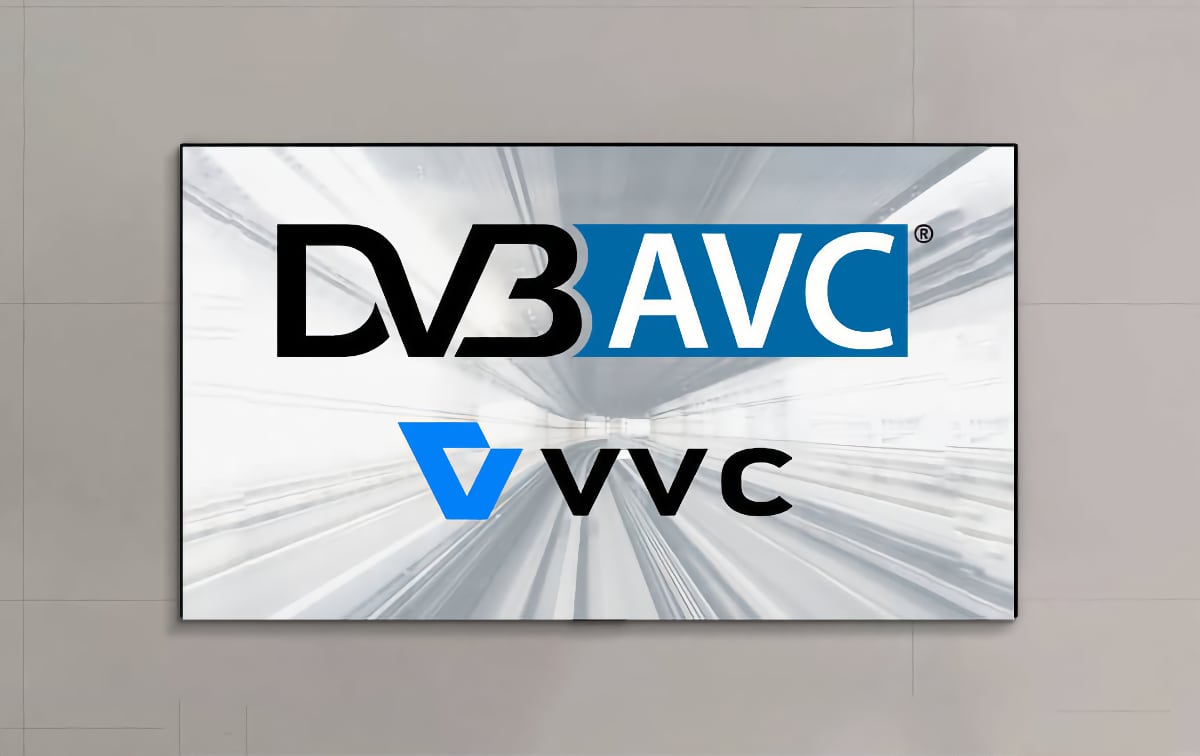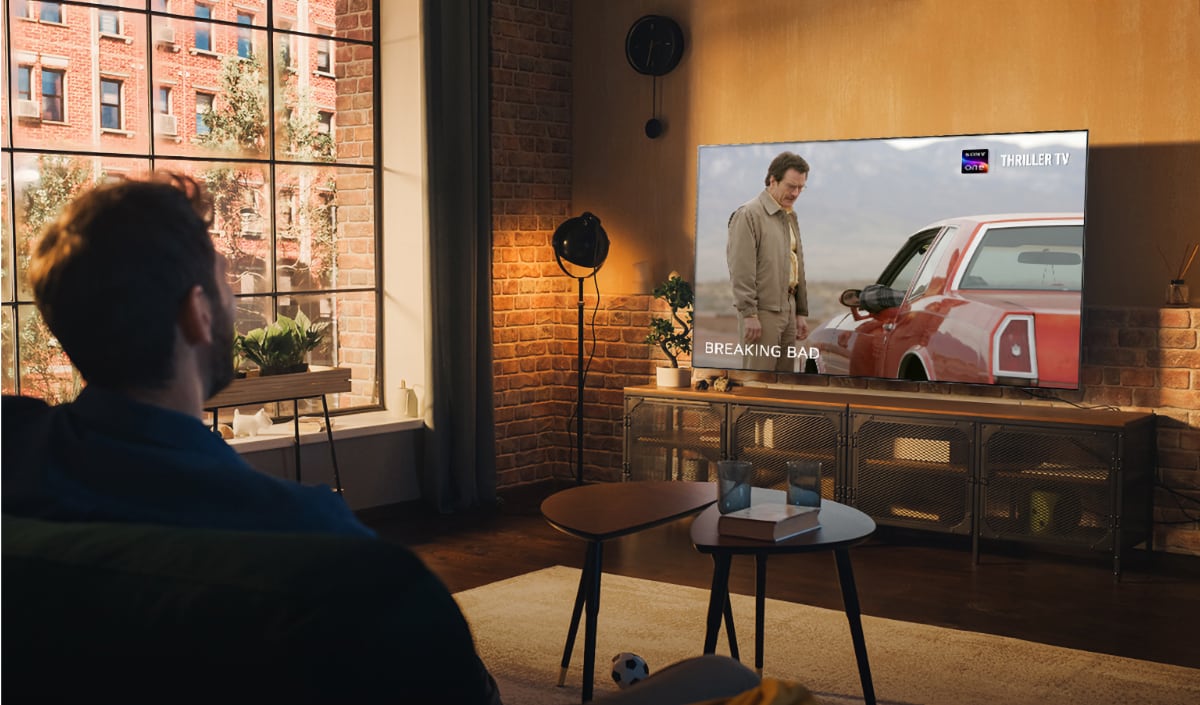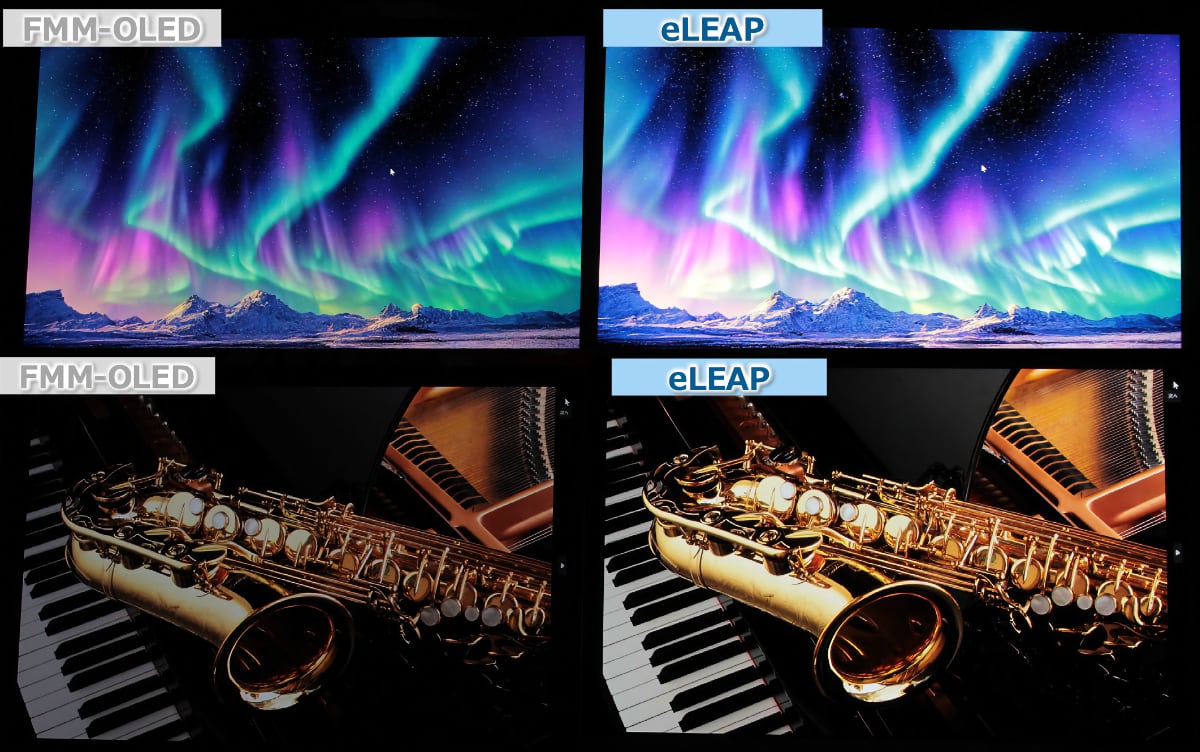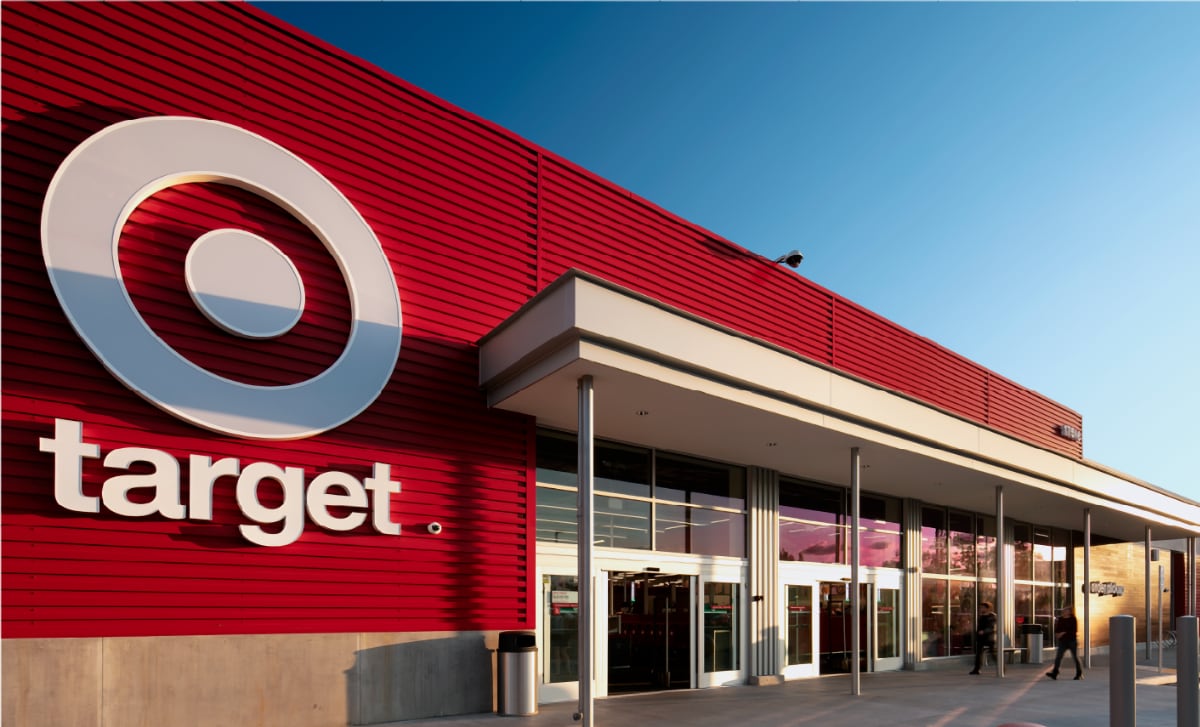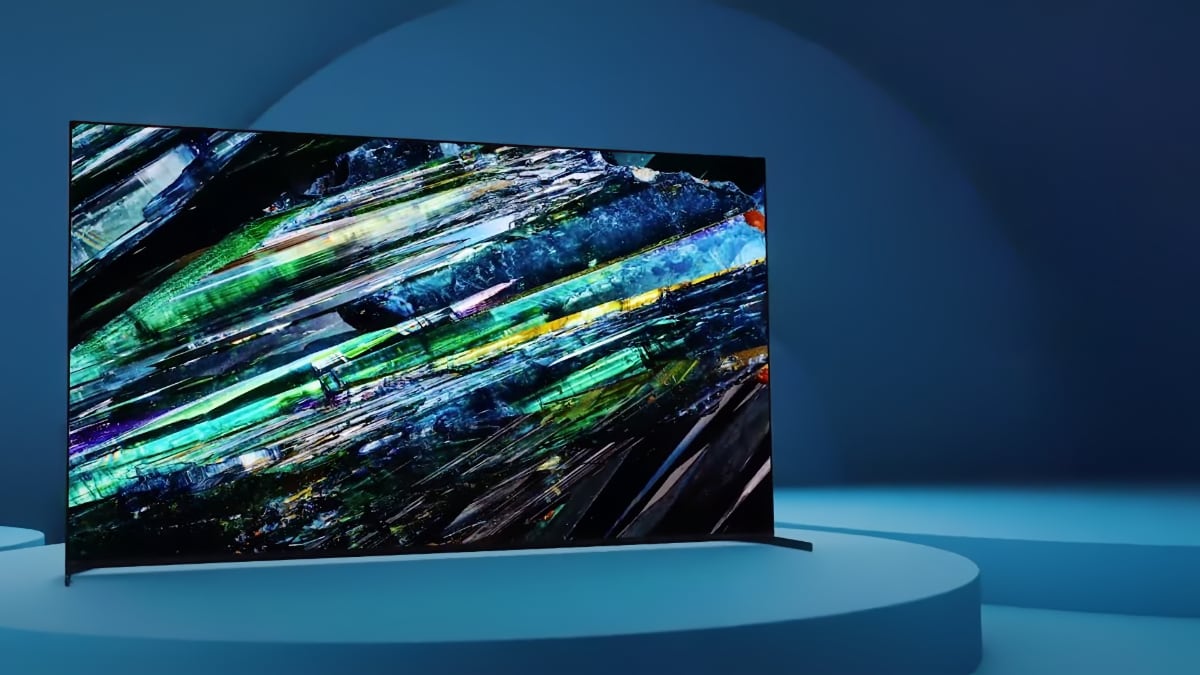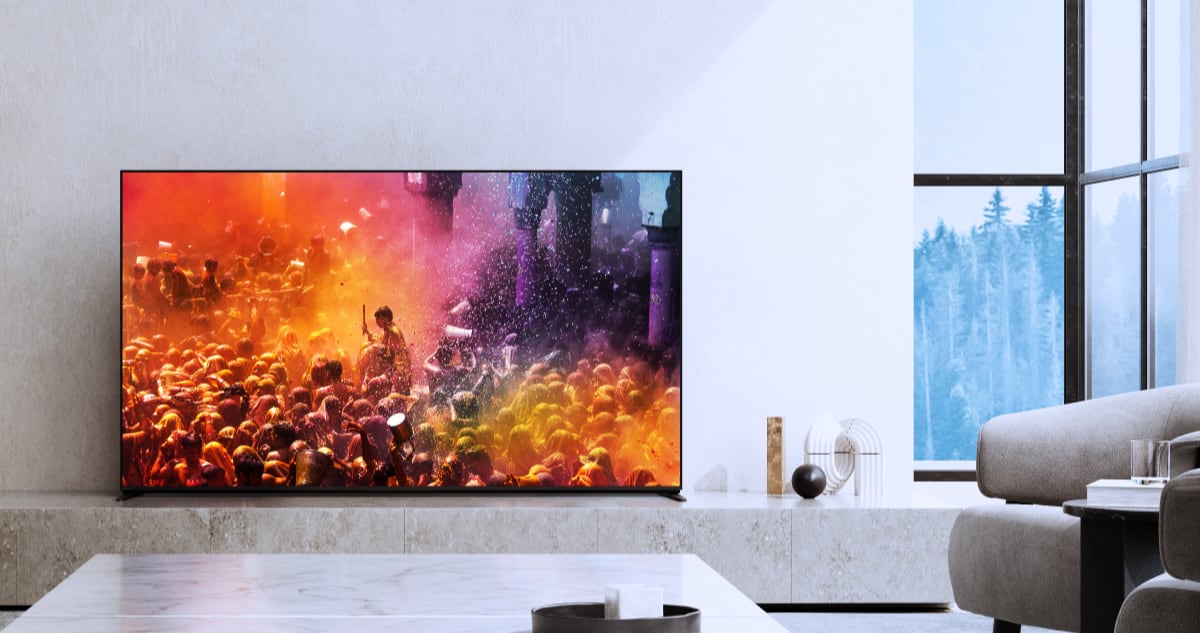The DVB tuner specification used throughout Europe, Australia, and many other regions has been revised to support the VVC (H.266) video codec, the successor to HEVC.
VVC in DVB
MPEG2 was succeeded by MPEG4 (H.264) which was succeeded by HEVC (H.265) which will be succeeded by Versatile Video Coding, also known as VVC and H.266. VVC has now been formally approved for inclusion in future DVB tuners.
- "The DVB Project has added Versatile Video Coding (VVC) to its core specification for the use of video and audio coding in broadcast and broadband applications. DVB is thus the first standards body of its kind to add a next generation video codec to its media delivery toolbox," the DVB organization announced.
It means that future 4K and 8K TVs as well as set-top boxes in Europe, Australia and other regions must support VVC decoding to comply with the latest revision of the DVB tuner specification. And once they do, broadcasters can start to broadcast 4K HDR and 8K channels in the new, more efficient video codec.
How much more efficient is VVC? 50% better on average as compared to HEVC, according to the announcement.
- "According to results from MPEG, it is capable of encoding video with on average 50% bitrate savings for the same subjective quality compared to HEVC, its predecessor in the same family. This makes VVC one of the most efficient video coding technologies currently available," the group said.
No current 4K or 8K TVs support VCC.
The organization said that it is planning to include additional next-generation video codecs to the DVB tuner standard in the near future, with "AVS3 codec as the current focus and AV1 next in line for evaluation".
The revised DVB specification includes four conformance points for VVC, the minimum requirement being a baseline receiver capable of supporting resolutions up to 4K (3840×2160) with HDR. The three additional conformance points cover the support of high frame rates (HFR), and resolutions up to 8K (7680×4320).
The US relies on the ATSC tuner standard which was recently upgraded to include 4K, HDR, and other next-gen video and audio features. The first ATSC 3.0 tuners came to select LG, Samsung and Sony TVs in 2020.

